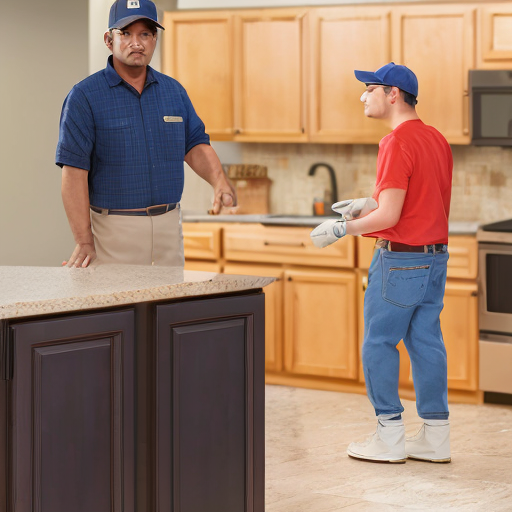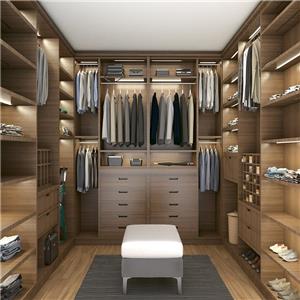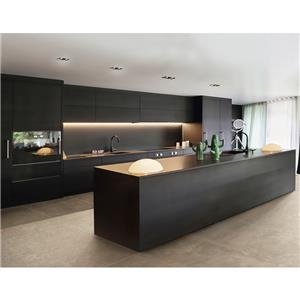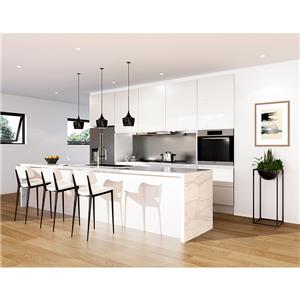problems with refacing kitchen cabinets
problems with refacing kitchen cabinets
While refacing kitchen cabinets can be a cost-effective and efficient way to update the look of your kitchen, there are some potential challenges and drawbacks to consider. Here are a few common problems that may arise with refacing kitchen cabinets:

1. Limited Transformative Potential: Refacing involves applying new veneers or laminates to the existing cabinet structure, which means you are limited to the existing cabinet layout and design. If you are looking for a significant change in the cabinet layout or structure, refacing may not be the ideal solution.
2. Incompatible Cabinet Conditions: Refacing works best when the existing cabinets are in good condition and structurally sound. If your cabinets have extensive damage, warping, or are poorly constructed, refacing may not be a viable option. In such cases, full cabinet replacement may be necessary.
3. Limited Material Options: While refacing allows you to choose from a variety of veneers, laminates, and finishes, the options may not be as extensive as what you can find with new cabinets. If you have a specific material or finish in mind that is not available for refacing, you may need to explore other options.
4. Visible Imperfections: Depending on the quality of the refacing materials and the installation process, there is a possibility of visible seams or edges where the new veneers or laminates meet. Poor craftsmanship or improper installation can result in noticeable imperfections, which can detract from the overall appearance of the cabinets.
5. Functionality and Storage Constraints: Refacing does not address any functional or storage issues with your existing cabinets. If you need to modify the layout, add more storage, or improve functionality, refacing alone may not be sufficient. Additional modifications or upgrades may be required.
6. Hidden Problems: During the refacing process, hidden problems may be uncovered, such as water damage, mold, or structural issues. These issues may require additional repairs or adjustments, which can increase the overall cost and time involved in the project.
7. Cost Considerations: While refacing is generally more affordable than completely replacing cabinets, the cost can still vary depending on factors such as the size of the kitchen, the materials chosen, and the complexity of the project. It's essential to obtain detailed quotes and consider the long-term value and return on investment when deciding between refacing and replacement.
Before deciding on refacing your kitchen cabinets, it's recommended to consult with a professional cabinet refacing company to assess the condition of your cabinets and discuss your goals and expectations. They can provide insights into the feasibility and potential challenges associated with refacing, as well as alternative options if necessary.
Ultimately, weighing the advantages and disadvantages of refacing kitchen cabinets will help you make an informed decision based on your budget, design preferences, and the condition of your existing cabinets.




